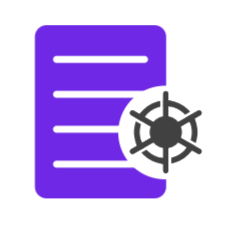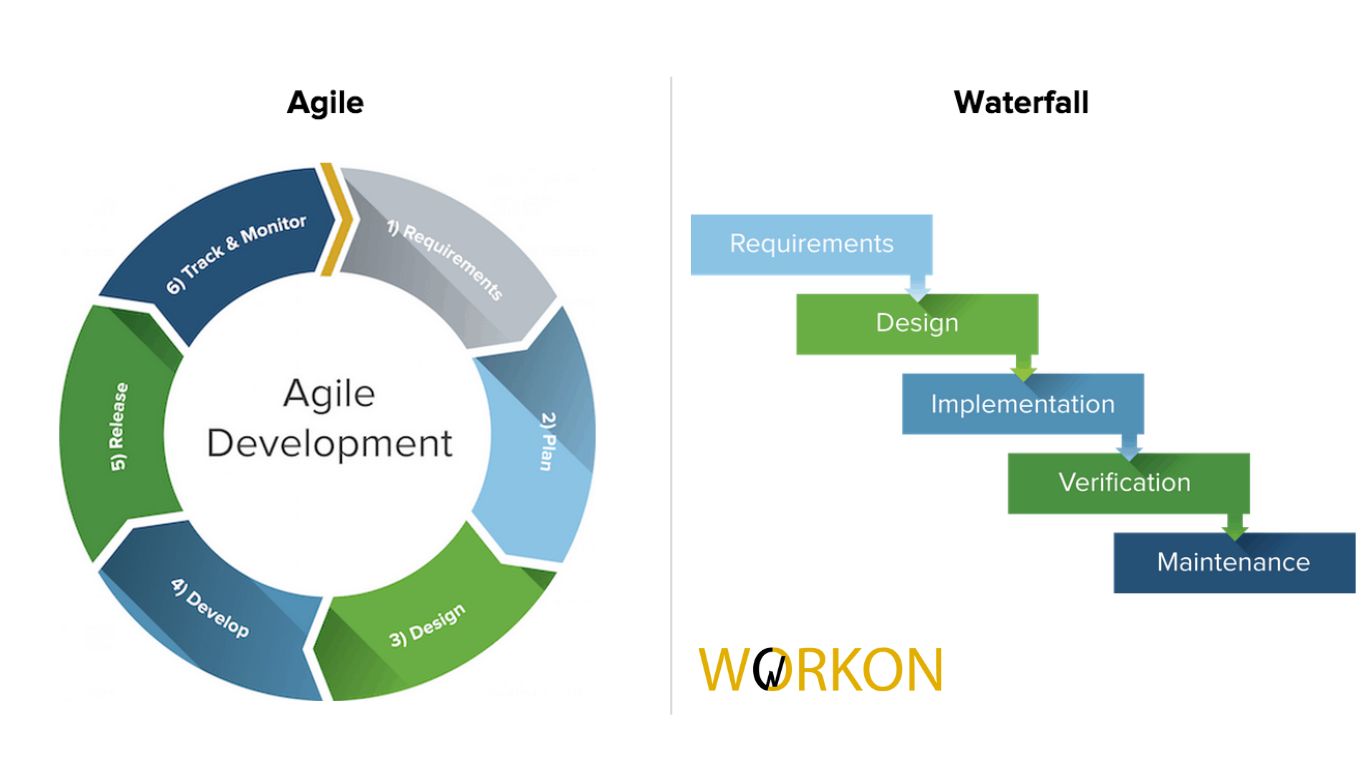The advent of the hybrid workplace was a significant milestone in the history of labour reform. According to some sources it is as important as the 8 hour work day. However with every landmark change in human history, the hybrid workplace has its fair share of myths among the working populace.
While most myths are just that, myths; some are genuine worries with a kernel of truth to them. Below we will go over some common myths about the hybrid workplace and either dispel them, or in the case where they maybe genuine we will discuss strategies in tackling them.
Myths:
1. Existing work from home strategies will work fine for hybrid workplaces
False.
The hybrid workplace requires a fresh approach. An important aspect of the new hybrid workplace will be communication channels. Two way communications is essential to the success of hybrid work. Managers and employers have to be clear about the goals that need to be accomplished when employees are working remotely.
At the same time employers and managers need to be receptive about what kind of tools and support employees need to succeed when working remotely. Once expectations and goals are set, and the employees have been provided with the resources and tools they need to succeed, employers need to trust their employees.
2. Employee productivity will be affected:
False.
Employees working from home go above and beyond basic job requirements and many employers who have successfully implemented hybrid workplaces are finding employee productivity to be at all time highs.
Employers need to be receptive to employee requests for tools and resources they’d need to succeed. 70% of businesses when employees have tools and convenience to do manual tasks, which reflects in productivity.
3. Employers have to constantly monitor on employees
False.
Research has repeatedly shown that employees perform significantly better when trusted by their employers to manage their own time and manner of working. Since employees are often engaged in a variety of tasks, it is difficult to measure employee productivity.
A better picture of worker effectiveness can be gained by tracking business outcomes instead. As long as an employee meets a goal within the required timeframe, and they meet all their deliverables to various stakeholders, they should not be monitored.
4. Goals will be affected since team members aren’t working in-sync
True.
Some businesses have witnessed increased growth in hybrid work models. Your company goals might grow to keep up with the increased employee productivity and revenue. Additionally, here’s where CRM and ERP tools come in. To streamline customer facing operations and manage pre and post sales processes, companies can opt for Salesforce or Hubspot.
When employees don’t have to travel, pay extra for rent and other operational costs from in-office work, it reflects in their work. And ultimately business revenue.
5. In-person meetings are mandatory to maintain organizational culture
Somewhat True.
Many executives fear that limited in-person contact in a hybrid workplace will dilute the organization’s culture. While it is somewhat true that lack of the water-cooler moments in office can have an effect on the work culture of an organization, however this is not a bad thing as company culture is not static. It is constantly changing whether the executive level does so consciously or unconsciously.
The hybrid workplace should be looked upon as an opportunity to redefine company culture, to emphasise aspects that would make your business more competitive. In the absence of those organic water cooler moments, new meetups and events should be created to build those informal employee networks that are so essential in getting things done quickly. Here, applications like Slack, Teams, Zoom and Google Meet can all come in handy for quick catch ups or meetings.
6. IT Infrastructure won’t need updates
False!
Because most of your business’s processes will be conducted offline, your infrastructure needs to accommodate every person and their needs and requirements. This could range from meetings, setting up processes, updates on ongoing projects, reaching out to clients and customers and much more.
Hence you need a scalable management solution for projects, as well as documents. Since everything is being stored online, DocuVault is a great option to sync data and store documents online, keeping them safe and open collaboration at the same time.
7. DEI will be affected
False.
Diversity, Equity and Inclusion don’t suffer due to hybrid working conditions. To the contrary, having a flexible workplace can allow you to diversify your talent pool. As long as DEI policies are made clear to each employee, surveys repeatedly show that employees who enjoy flexible work options are more likely to act authentically. Thus hybrid work can support DEI strategy.
So now that we’ve deduced that flexibility, scalability and better project management offline leads to more productivity and revenue, it’s evident a good project management tool which can accomplish all this, is essential.
The best recommendation for this is WorkOn, a project management tool which does it all. Helps you manage your tasks, employees, productivity, and keep track of timelines throughout. Best part, it’s built on Salesforce and hence is compatible with the platform.





